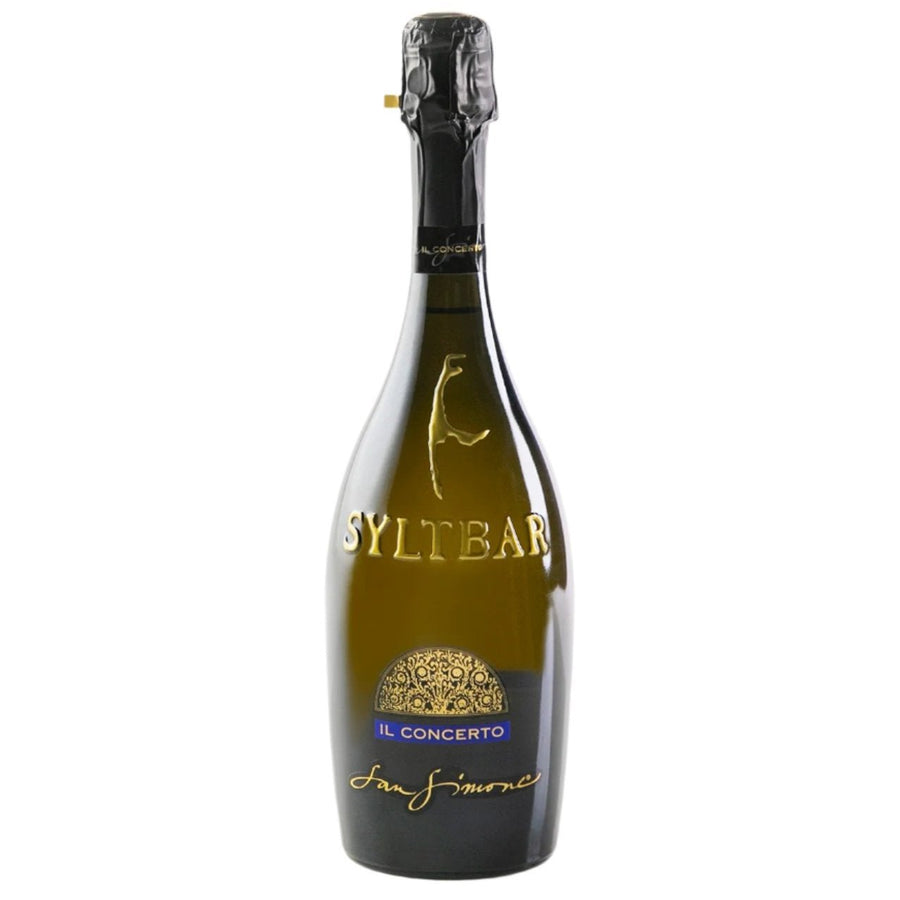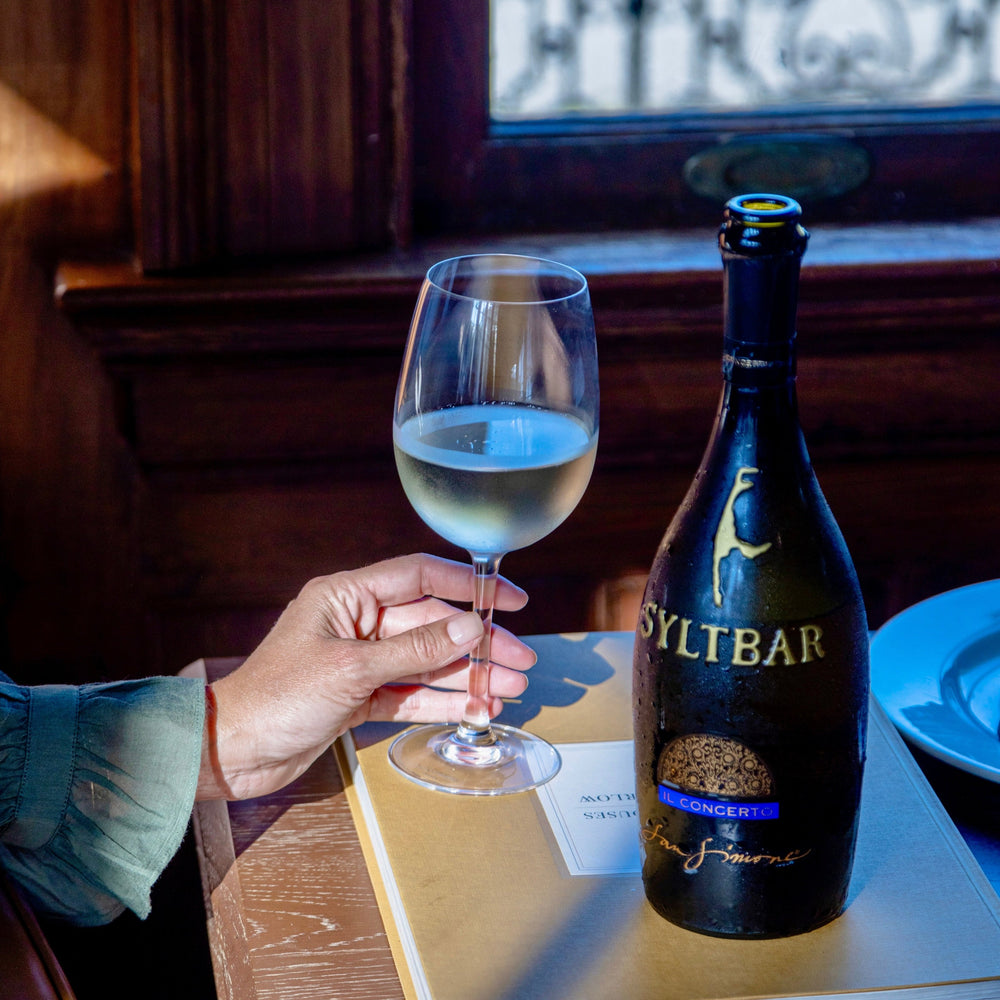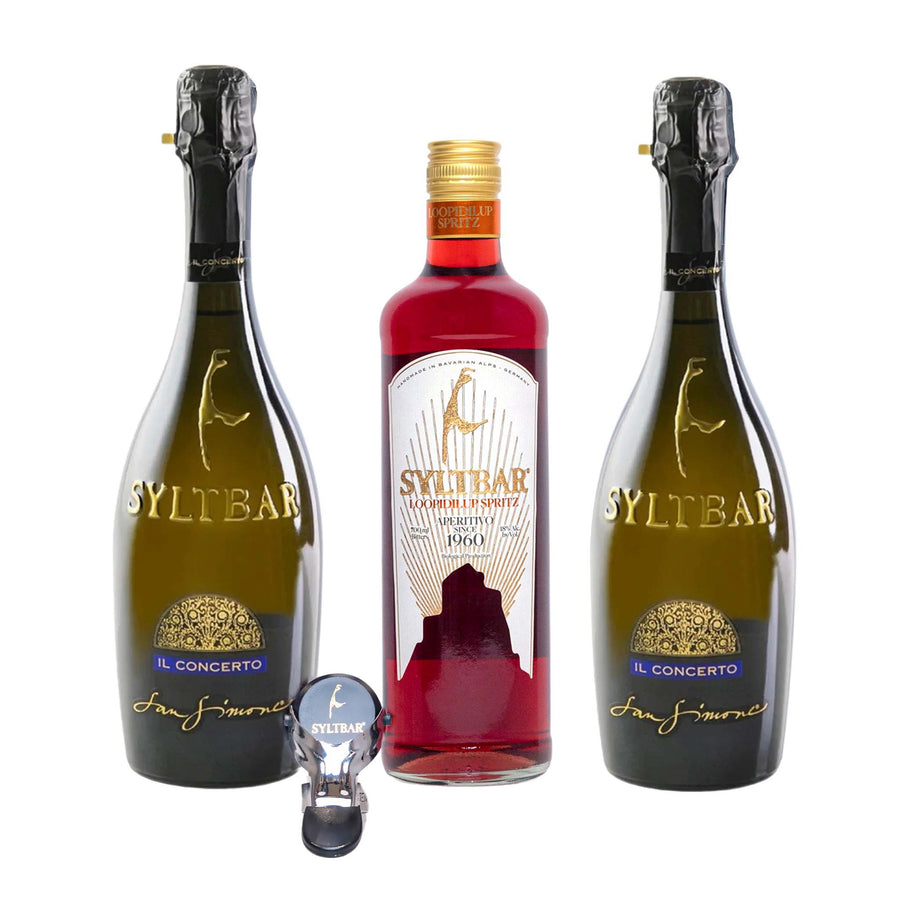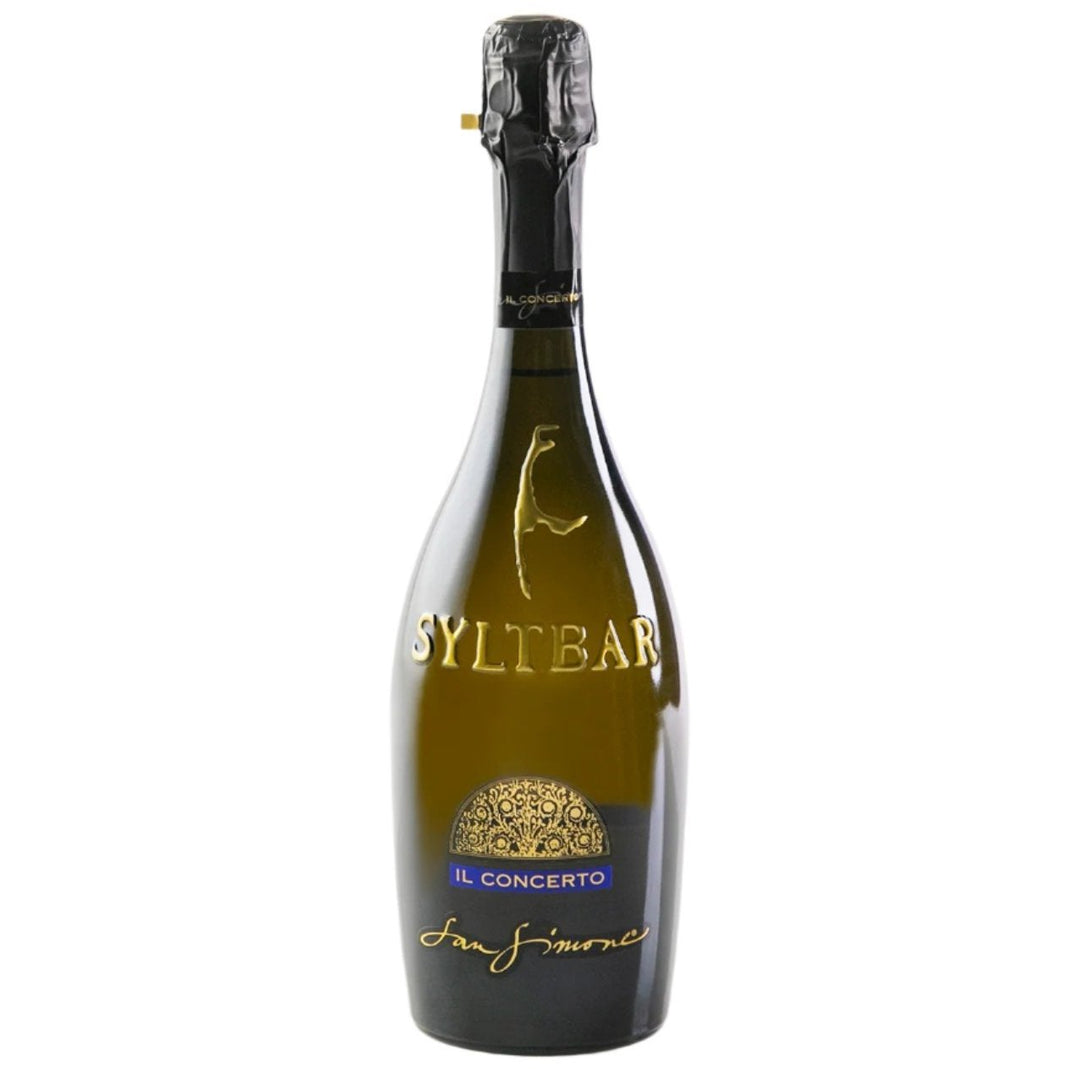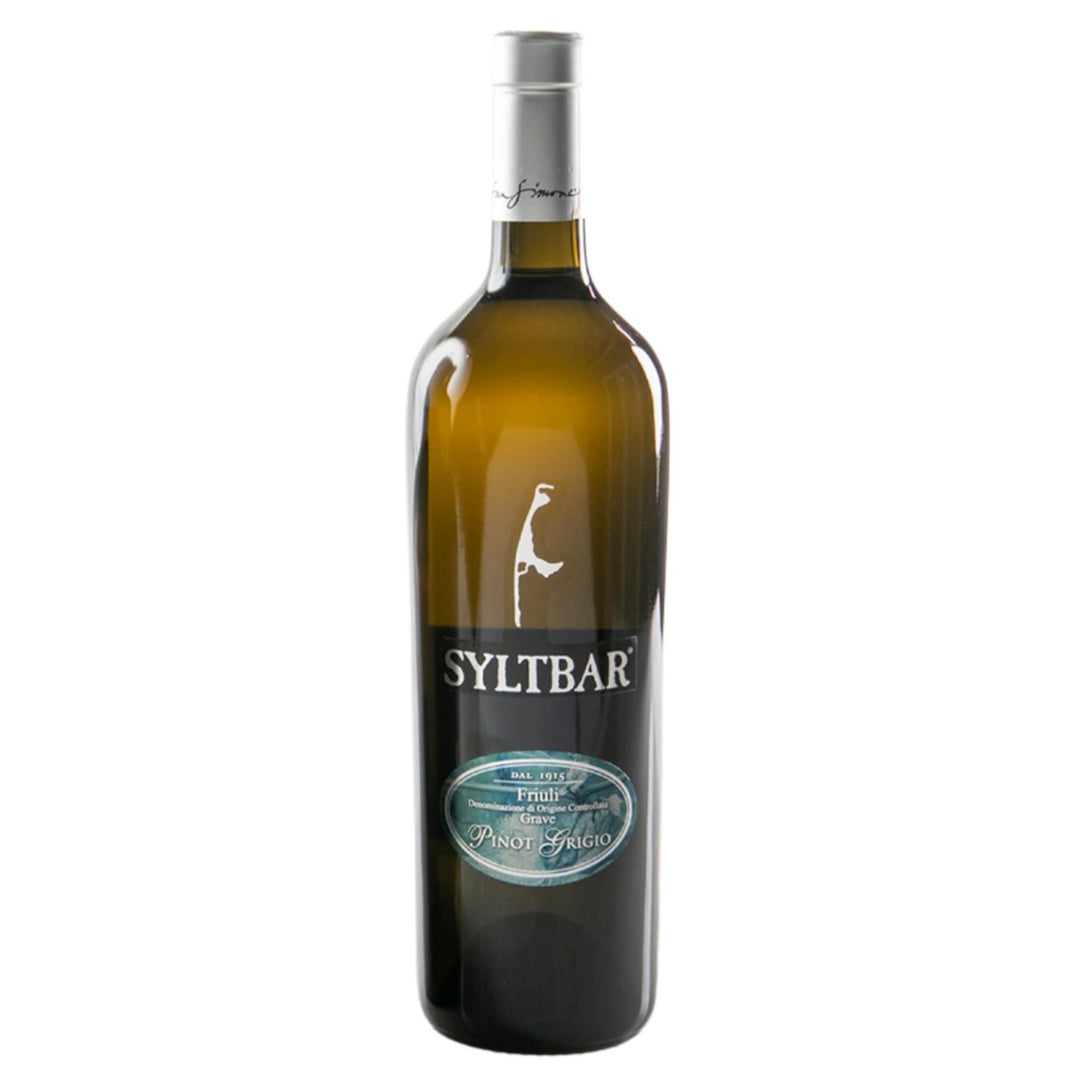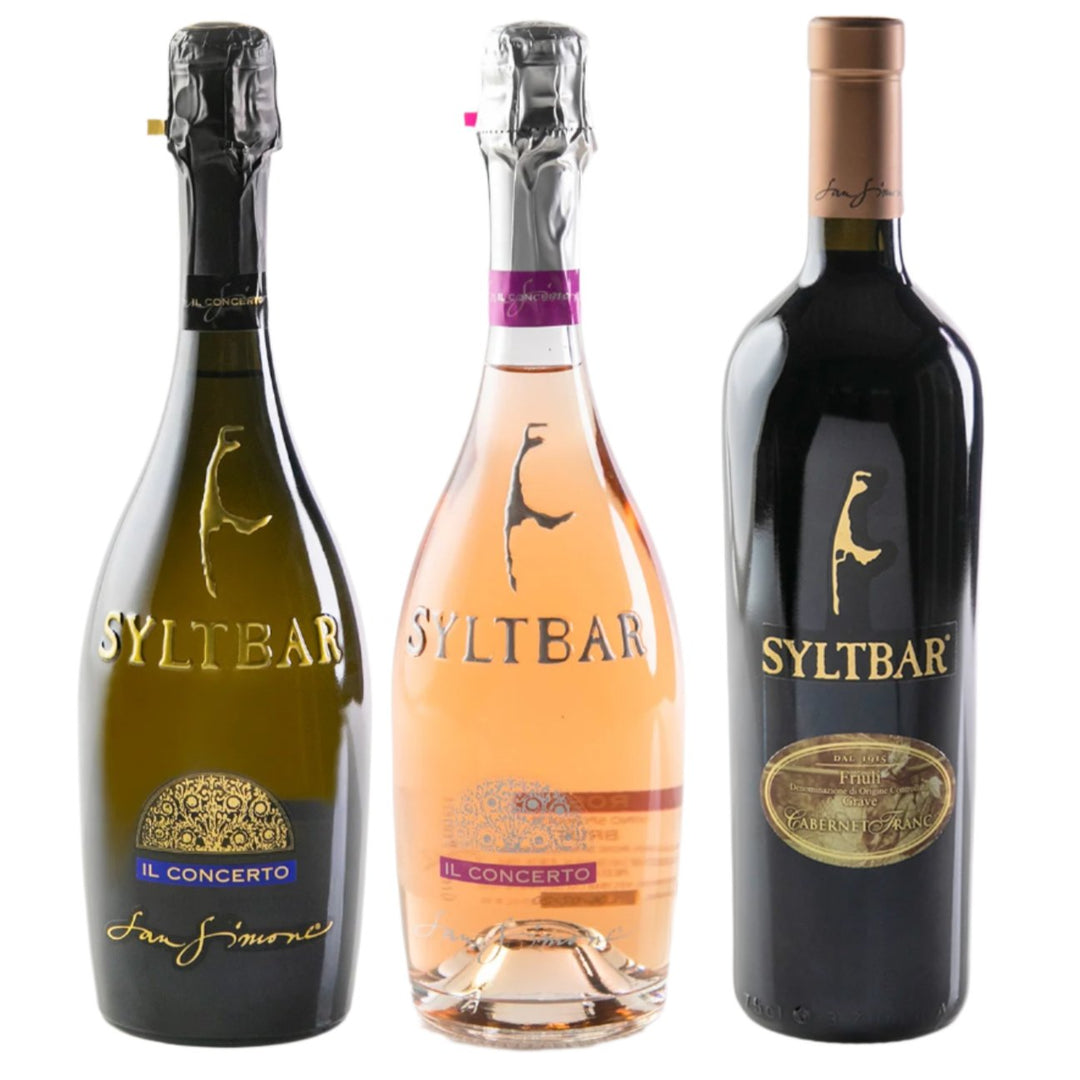The Impact of Vineyard Location on Wine Taste
Did you know that where grapes are grown affects the taste of the wine? If you thought that a wine’s flavor is solely dependent upon the grapes harvested to make it, we are here to tell you that there is so much more that goes into the process of winemaking. It is not simply the grapes.
There is so much more to consider — and that’s why wine education is so important to us here at SYLTBAR. Each time you take a sip of wine, we want you to think about the different factors at play, starting with the effects of terroir on the taste of wine.
Where Grapes Are Grown Affects the Taste of the Wine
When it comes to wine, location holds as much significance as it does in real estate. The location of a vineyard, known as its “terroir,” plays a part in the shaping of the unique flavors and characteristics of the wine it produces.
So, how does region affect the taste of wine? Factors such as climate, soil composition, altitude, and proximity to bodies of water all have an influence on the taste, aroma, and overall experience of the wine. Let’s explore the impact of these things further.
Unveiling the Mystery: How Vineyard Location Shapes Your Wine
If you find yourself wondering about where are grapes grown as you try to distinguish the tasting notes of a particular wine, you’re on the right track. There are specific characteristics of a vineyard that are at play here.
Those characteristics depend upon the terroir of the vineyard, which is a term that refers to all of the environmental factors that make the vineyard what it is: its climate, soil, topography (the physical features of the area), and other geographical aspects.
This is why asking questions like why are vineyards on hills and does soil affect the taste of wine helps you get to the bottom of the mystery behind a wine’s taste.
Beyond Geography: Exploring the Elements of Terroir
Climate
Climate is probably the biggest factor affecting the grapes used for wine. When we talk about climate, we’re talking about the specific weather patterns of a particular region. This includes things like temperature, amount of sunlight and prevalence of rain.
While many winemakers may argue that their region has the best climate for wine grapes, the truth is that different climates are better for different grapes, producing different wines.
For example, regions with cooler climates typically produce wines with higher acidity than areas that are warmer. Those areas with warmer climates tend to produce wines that are more fruit-forward and bold. These wines have a lower acidity, but higher sugar, which also contributes to having higher alcohol content.
Soil Composition
Soil provides specific nutrients and minerals to the vines where the grapes are grown, so the type of soil is definitely an influence to flavor and complexity of the wines produced. There are a variety of soil that could be present on a vineyard depending upon its location.
There is limestone, clay, chalk, gravel, volcanic ash, just to name a few. Each of these have different nutrients, as well as drainage levels, which contributes to how well the roots of the vines manage and retain water. For example, if a soil has good drainage and stores water well, it has a better chance of surviving through a drought.
Topography
Topography refers to the physical features of a vineyard — things like elevation and slope of hills. These things also impact the quality and character of the wine. For example, a vine that sits on a slope may benefit from better drainage and more exposure to the sun. The amount of sunshine that a vineyard gets affects how the grapes grow and ripen, heavily influencing their flavor profile.
Vineyards that are at a higher elevation may have cooler temperatures, and cooler temperatures mean high acidity levels and a crisp, fresh flavor.
Proximity to Water
Bodies of water affect the temperature of their surroundings. Having water nearby — whether a lake, river, or ocean — can protect the vines from extreme weather conditions and allow for more stable and consistent growth.
Microclimates
Smaller, localized weather patterns known as microclimates also have an effect on growing conditions for the grapes. Microclimates are the result of the surrounding nature of the vineyard — hills, forests, valleys, etc.
Just as a body of water can protect a vineyard from extreme weather, being situated low in a valley or surrounded by a forest of trees can also shield the vineyards from weather conditions that could affect how the grapes are grown.
Human Influence
Although the environment and location is crucial, human influence cannot be ignored. Wine producers’ decisions for how they manage and produce their wine play just as large a role as location.
For example, our SYLTBAR producers at San Simone Winery in Friuli, Italy are committed to 100% natural production practices, with a deep-rooted respect for Mother Earth. Our wines are certified by the Italian Green Project, which is a step above being organic. They never use any chemicals or additives, keeping the wine as pure as can be.
A World Tour in Every Sip: How Winemaking Regions Shape Flavor Profiles
Vineyards can be found all over the world, producing all different types of grapes and wines with drastically different flavors. This proves just how important location is, and how much of an impact it makes on how a wine tastes.
Each area has its own distinct characteristic and you can taste this in the wines. When you understand the impact of vineyard location on the taste of wine, you will find that you develop a deeper appreciation of the wine itself and where it comes from.
Science Meets Flavor: Unveiling the Climate and Soil Secrets
As long as wine continues to be produced, research will continue to be done in order to reveal connections between the location of a vineyard and its wines’ nuances.
There are studies that show that specific soil minerals can enhance certain flavor compounds in wine, while climate variations influence the balance of sugars, acids, and tannins in the grapes. By understanding these scientific principles, winemakers are able to predict and even influence what their wines will taste like. Each bottle of wine should reflect the unique essence of where it came from.
Now that you understand more about how where grapes are grown affects the taste of the wine, we hope you will find yourself appreciating the diversity and complexity found in each sip of wine you take and think about the journey from grape to glass.
For SYLTBAR lovers, the wine in your glass was carefully and considerably made by a family-owned-and-operated vineyard that has been in the business of producing 100% natural wines for over a century. This is our gift to you. Shop for our pure, natural wine at syltbar.com or check our store locator to find a retailer near you that carries our wines.
Explore more
Share this
Featured product
Featured product
It is time for SYLTBAR order now!
Join SYLTBAR mailing list
Sign up to receive delightful emails with deals, tips & more
or text CONNECT to 1-833 461-3379
MIGHT TAKE UP TO A MINUTE TO RECEIVE CODE TEXT! By texting CONNECT to us, you consent to receive marketing text messages through an automatic telephone dialing system at the number provided. Consent is not a condition to purchase. Text STOP to unsubscribe or HELP for help. Msg and data rates may apply. Read our privacy policy
SYLTBAR
Shop

*Total calories based on glucose and not by scientific testing. This statement has not been evaluated by the Food and Drug Administration. This product is not intended to diagnose, treat, cure, or prevent any disease.
